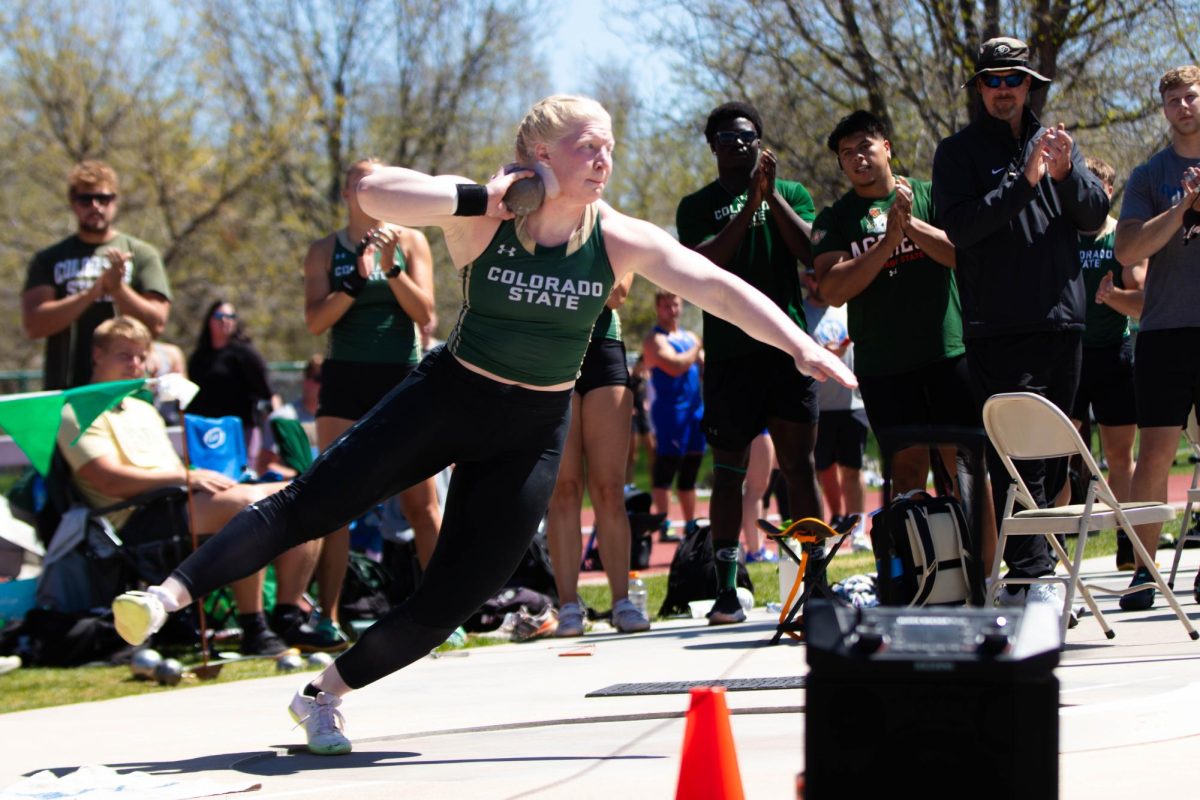Concussions caused by playing contact sports have been a hot topic in recent years. Most of the research has focused on men’s football for obvious reasons; playing football often entails purposely ramming into opponents as hard as possible, and the NFL is a large entity that holds a lot of attention so it was a natural place to start a conversation.
That conversation extends beyond football though. It’s been pretty unanimously agreed that women suffer just as many—if not more—contact-sport-related concussions as men. Women’s soccer and women’s ice hockey are close contenders to football in concussion frequency. When men and women compete in the same sport, women are consistently more likely to incur a concussion.
Those who study concussions in sports agree on this, but they don’t agree on why.
“They restrict it so much that it kind of ruins the game. Being physical is part of hockey and you just have to accept that … whether (checking is) intentional or not it’s gonna happen.”Forward Caroline Forsmo
While I’m not a medical professional by any means—other than having seen every episode ever of Grey’s Anatomy—I have played and watched a lot of women’s sports, and I have an idea of at least one reason women get so many concussions; they aren’t taught to be physical in the same way men are. This means they’re never taught how to protect themselves from injury because they’re taught to assume it won’t happen.
“Since women aren’t taught to use their bodies properly … they don’t know how to receive a hit,” said CSU women’s hockey forward Stephanie Talone. “I got a concussion when I was 17 because I didn’t expect to get hit, which was wrong because that’s the sport of hockey.”
Many members of the women’s club hockey team at Colorado State University have played on men’s teams before where they were allowed to check, but now are not as part of a women’s only league.
“The only reason I would’ve known how to take a hit was because I played guys hockey,” forward Katie Hurley said. “And even then I was either brushed over because I was a girl, or they’d target me … so I was like ‘well do I need to protect myself or not?'”
As a former soccer player, I know that this mindset extends beyond women’s hockey. My soccer coaches never formally taught things like slide tackling, and we practiced headers, but never against each other.
As a goalkeeper, I was taught how to stop the ball from hitting the back of the net, but not how to stop cleats and knees and elbows from coming toward my face. There was an expectation that the other team would play clean, which was rarely the case. I luckily never suffered a concussion, but I saw many teammates deal with head injuries and ACL tears due to not being taught to expect rough play.
Men are taught that sports are rough and they need to be tough to compete, which means they are also taught how to anticipate hits and tackles and literal punches to the face. While violence is never “allowed” in men’s sports, it’s much more common and accepted, and general rough play is allowed to go further before refs blow the whistle.

This gives off the general idea that those sports are just rougher. But hockey is hockey and soccer is soccer. On paper, the rules are the same. Women’s hockey doesn’t have a written rule on the severity of checks that are allowed, it’s just not allowed to be intentional. It’s a cultural thing and can depend on the ref for that game.
“They restrict it so much that it kind of ruins the game,” forward Caroline Forsmo said. “Being physical is part of hockey and you just have to accept that … whether (checking is) intentional or not it’s gonna happen.”
The general feeling is that women are weaker and therefore shouldn’t be rough because they will get hurt more easily. There are a lot of attempts to justify this with science, many concussion studies cite that women’s neck muscles are weaker, making them more likely to get a concussion when hit in the head. My personal opinion is that defending sexism with science is bullsh*t and often untrue, but I digress.
There may be some science backing up why women get more concussions than men. There is some talk on differences in hormones having an effect on how concussion symptoms are experienced. Regardless, women should be taught how to handle rough contact in contact sports. Rules making sports “safer” for women are actually perpetuating a culture where women get hurt more often due to an inability to properly protect themselves when the inevitable happens.
“We should learn to use our bodies properly to be safe and be able to use (them) as an advantage when playing a game,” Talone said. “I think if we taught girls how to (be physical) we wouldn’t have so many injuries.”
Ashley Potts can be reached at sports@collegian.com or on Twitter @ashleypotts09.







